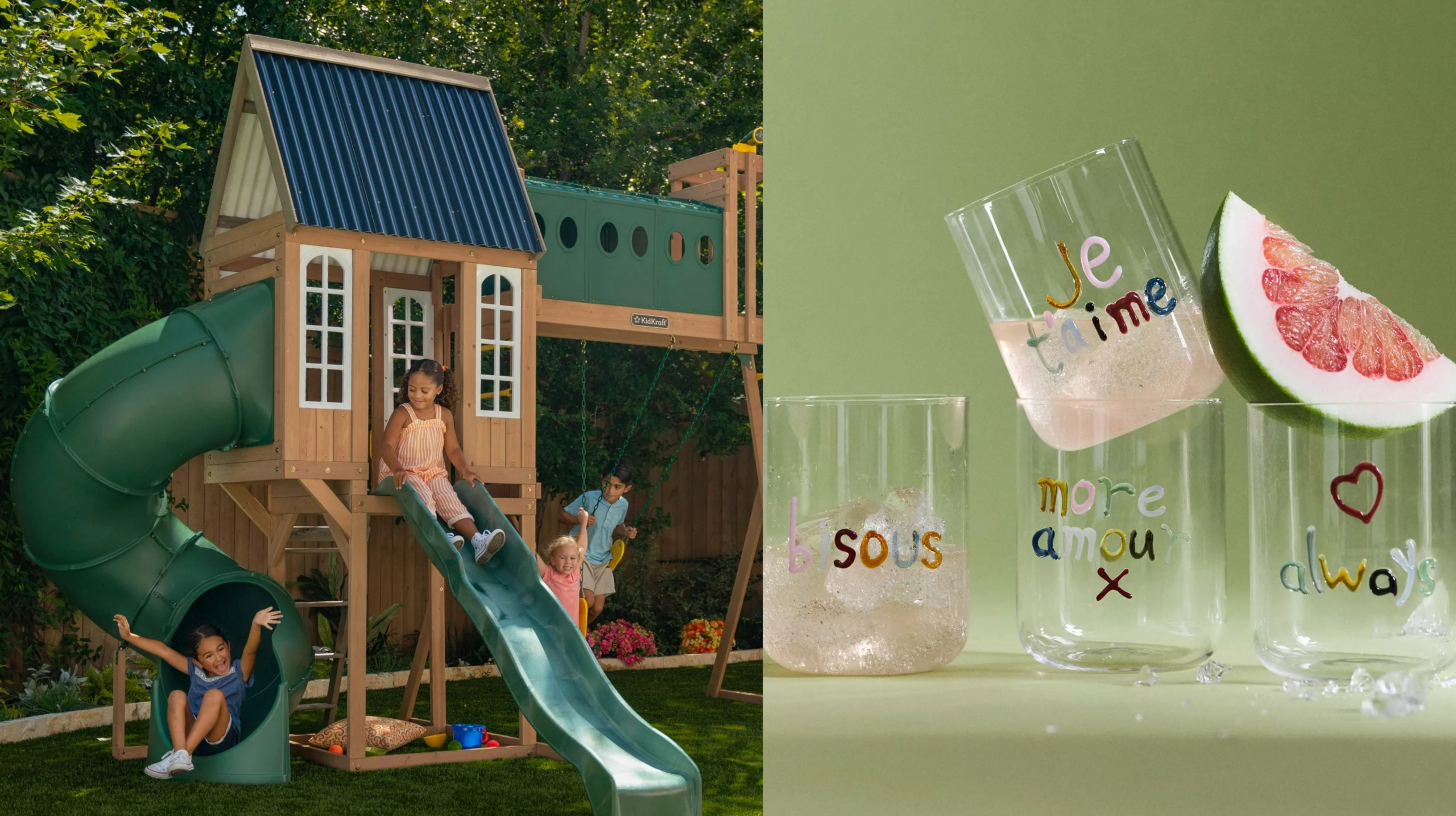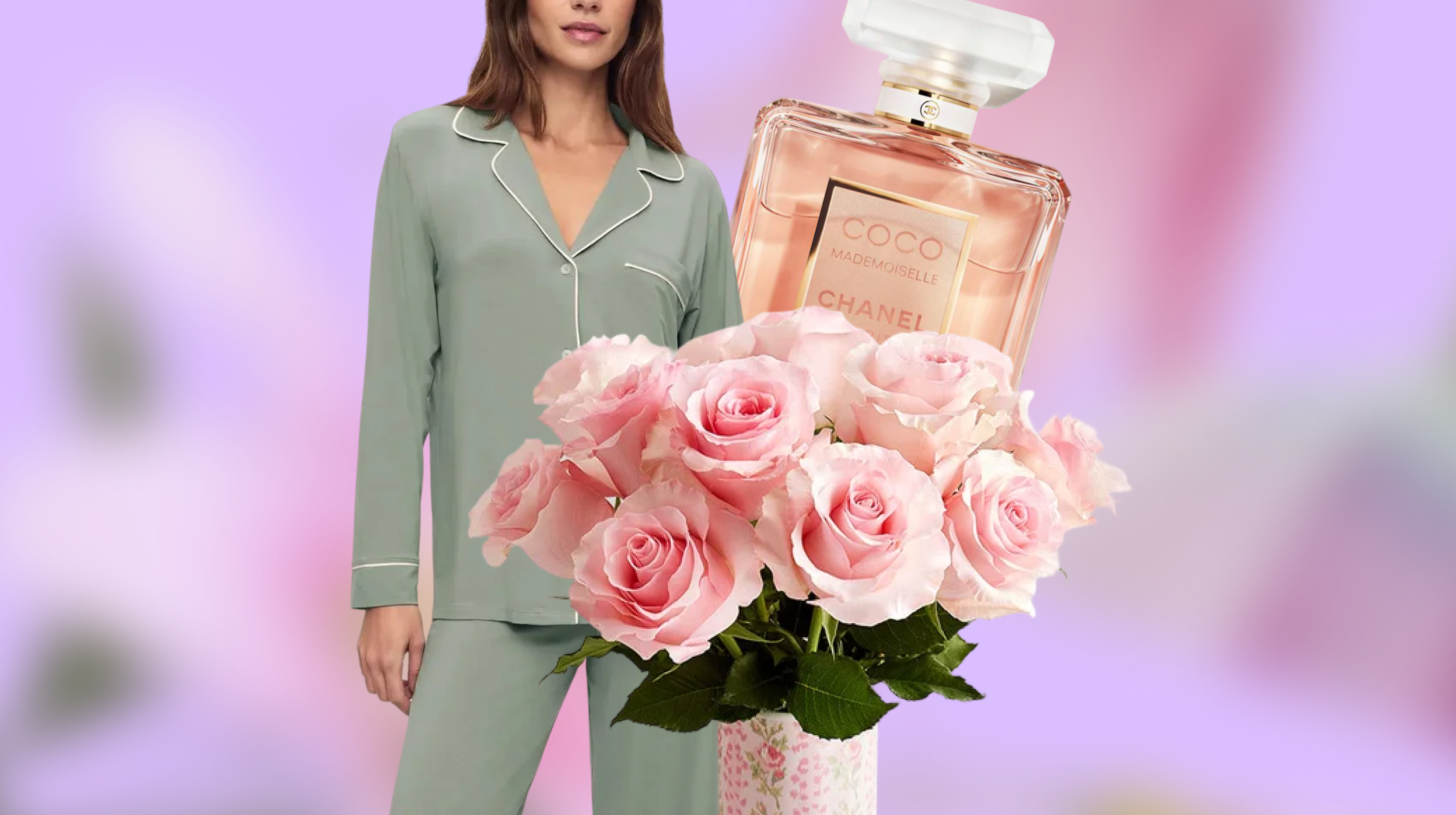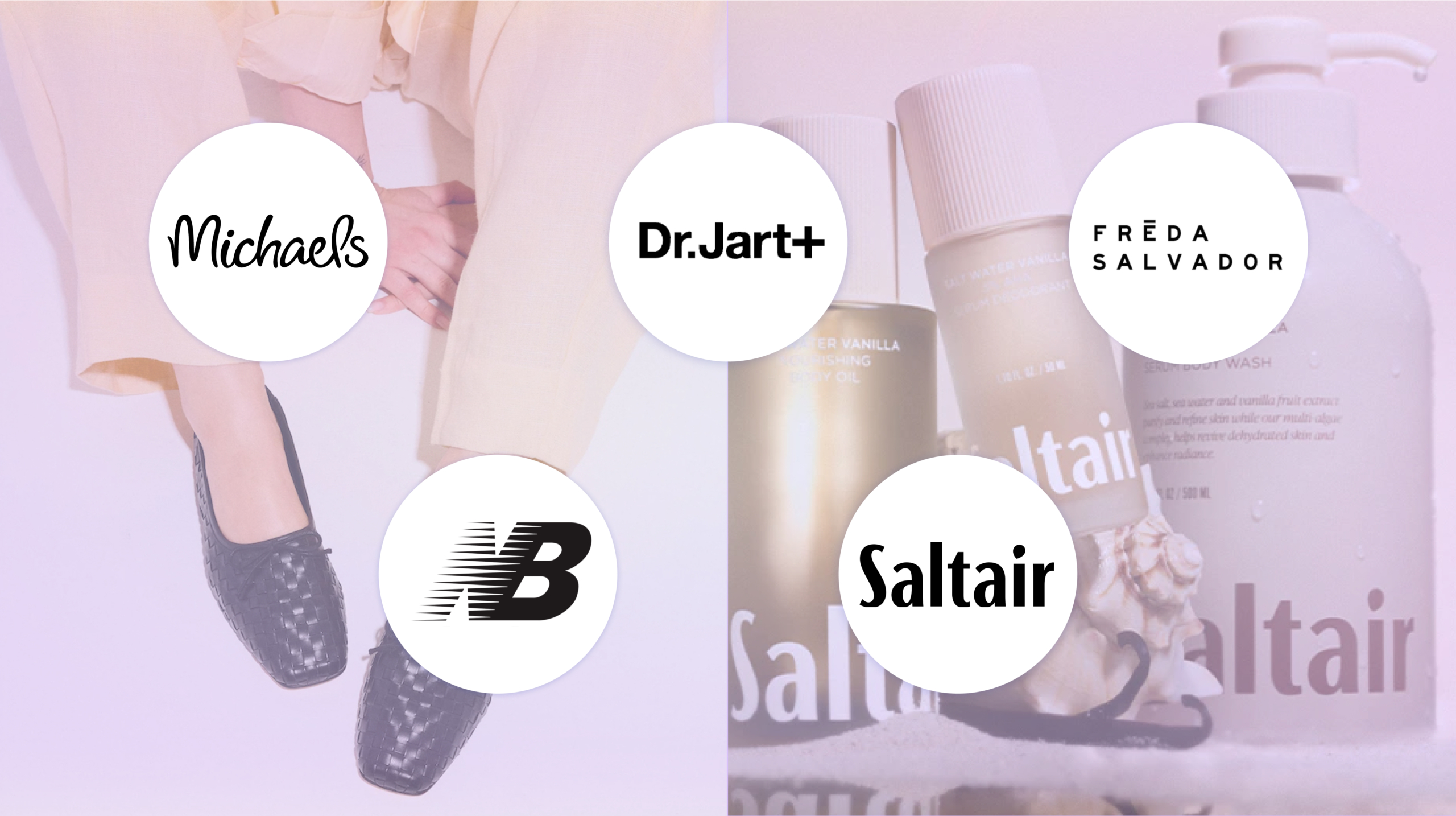Social Media Whitelisting Boosts Value for Both Creators and Brands
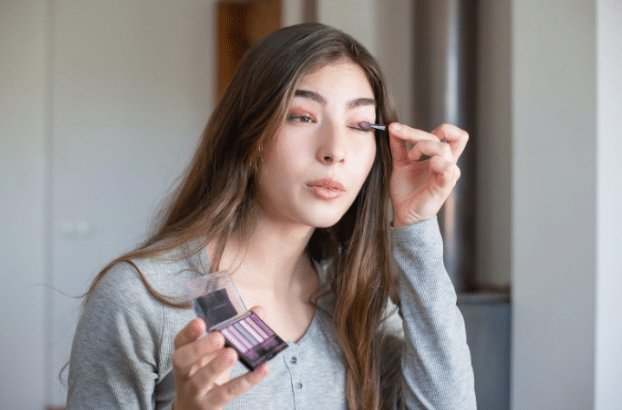
As the Creator economy grows, your earning potential as a Creator can continue to grow with it. The global influencer market is expected to reach $21.1 billion in 2023. Billions of daily social media users worldwide provide Marketers with lucrative opportunities to unlock new audiences, improve brand awareness, and drive conversions. And social media whitelisting allows Content Creators to tap into these audiences and opportunities to expand their reach, audience, and revenue.
What is whitelisting on social media?
Whitelisting on social media, also known as allowlisting, is when a Content Creator provides access to their Instagram, TikTok, Facebook, or other social media accounts so that a brand can run ads through the Creator’s account.
Social media whitelisting has become popular in brand marketing circles because campaigns containing whitelisted content typically outperform traditional content campaigns. It allows brands to amplify campaigns beyond the influencer’s organic reach, making their advertising more effective. Given its vast potential for growth, Creators should understand the process of whitelisting on social media and why brands love it. Here’s a breakdown of the most important concepts.
What are the biggest benefits of whitelisting on social media for creators?
Social media whitelisting provides influencers with many advantages. Here are the most beneficial ones.
- Expanded reach and audience: The larger audience and expanded reach are huge benefits for most influencers. You may gain exposure to massive audiences who haven’t interacted with you yet, driving up your awareness to new followers and broadening your potential for future opportunities, like becoming a brand ambassador.
- Increased revenue: Whitelisted content can be highly lucrative (read on to find out why).
- Enhanced reputation: By utilizing whitelisting partnerships, Content Creators can enhance their reputation as influential figures on social media. Take Emma Chamberlain, who gained fame by sharing her daily life using her Canon camera. As the brand ambassador for Canon, her influence grew, leading to partnerships with luxury brands like Louis Vuitton. This partnership benefits both the Creator and the brand, elevating their status within the influencer community and enhancing the brand’s image with their audience.
- Effective business relationships: Social media whitelisting can result in the best possible type of business relationship—a win-win. Influencers get a boost in exposure and followers. Brands get the benefit of the influencer’s authentic voice and organic audience.
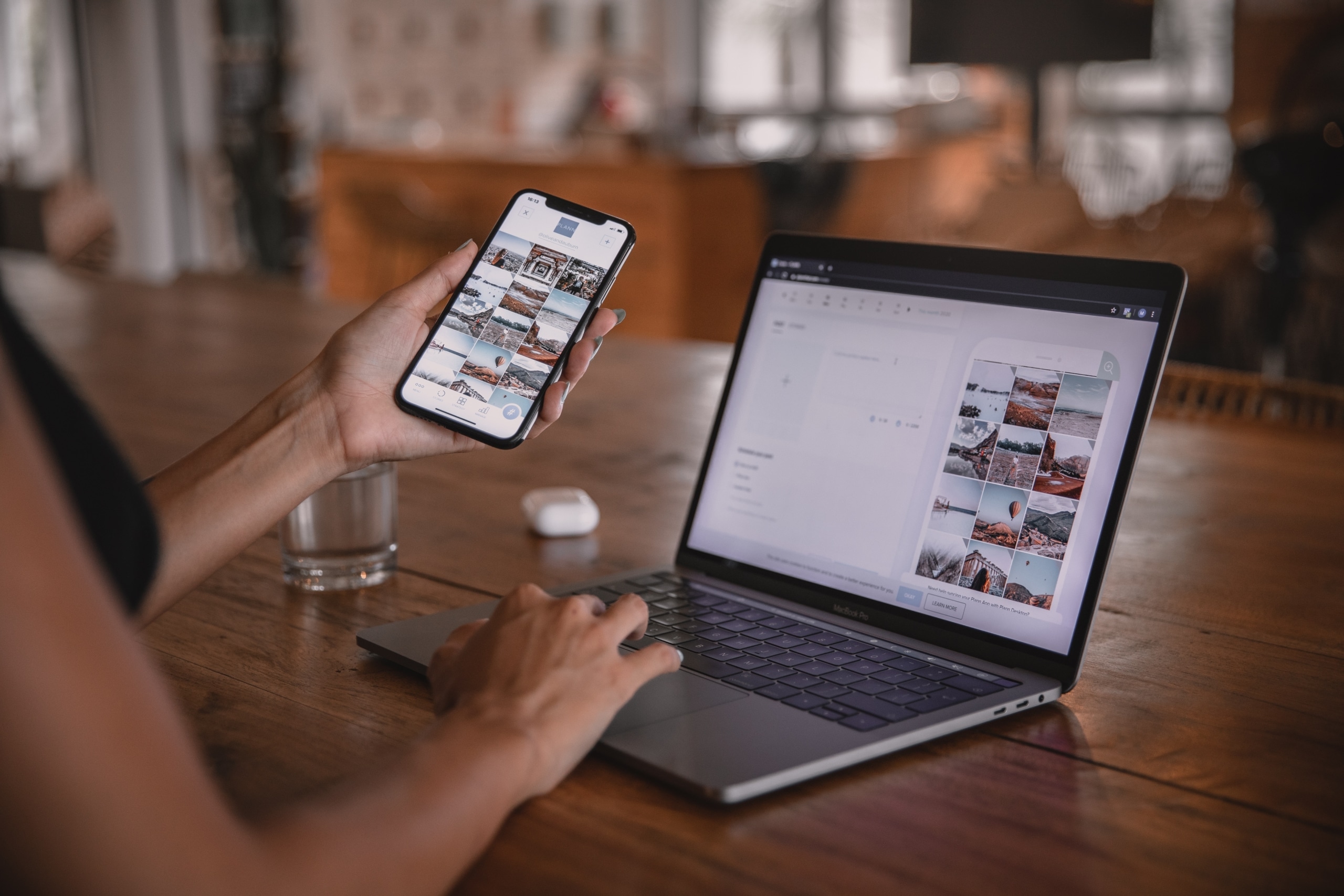
What are potential considerations for content creators when whitelisting on social media?
As great as the benefits of whitelisting can be, there are also some areas of consideration that influencers need to be aware of when pursuing brand partnerships.
- Trust, but protect: You are giving your brand partner the ability to create and run ads through your account. It should go without saying that you need to trust the brands you whitelist. Contracts that clearly outline the social media whitelisting expectations for each party are essential. The level of detail needs to include “everyday” factors, such as the specific approval process required for changes and how long you have to review a change. You may want to retain the ability to change content posted by your brand partner.
- Accepting the good with the bad: Using whitelisting on social media can be a double-edged sword. On one hand, whitelisting on social media exposes your content to users who may genuinely appreciate and engage with it, potentially leading to more followers. However, while many brands aim to target relevant users interested in the content, the additional exposure can open the door to negative comments. It’s important to focus on positive interactions and foster a supportive community that counteracts negativity. By staying true to your authentic content and engaging with your audience’s support, you can navigate the challenges and thrive.
- Setting up access permission: How you provide whitelisting access to a brand varies based on the platform and your account type. Whether setting up to allow whitelisted Facebook content or whitelisted Instagram content, TikTok content, or another platform, there are manual processes as well as automated ones available using third-party apps.
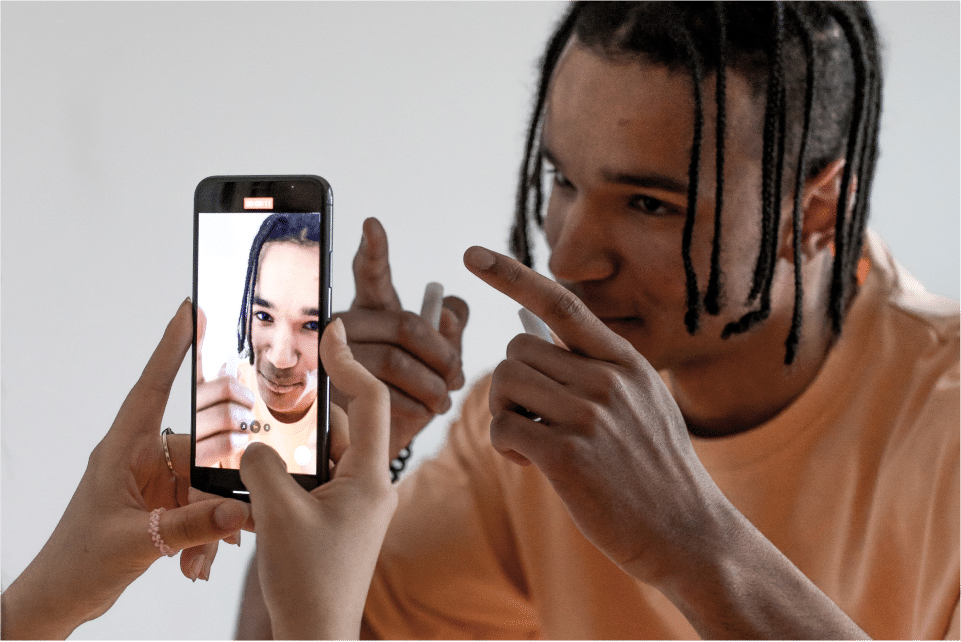
How is whitelisted content different from branded content?
Branded or sponsored content is the result of a collaborative partnership between you and a brand and is shared on your channel for your followers to see.
Social media whitelisting involves granting ad access to your account, allowing a brand to boost sponsored content and run dark ads. Through whitelisting, the brand gains greater control over the content, including the ability to make edits and use your handles to run ads on your behalf. They can target specific audiences and conduct A/B tests with the whitelisted content, optimizing their advertising efforts.
How is an ad whitelisted on social media different from a brand-owned ad?
Depending on the platform, brands with whitelist access can boost influencers’ existing in-feed content as well as run “dark ads,” which only their target audience can access.
Dark ads don’t appear in your main feed and instead, appear as promotional ads seen only by users who fit the campaign criteria and are being actively targeted. Dark ads allow brands the flexibility to run split testing with different visuals, captions, and CTAs without the risk of spamming your followers with duplicative content.
The beauty of whitelisted ads is they seamlessly integrate with the influencer’s content, and influencers can promote the content directly from their account so brands can leverage their authenticity and authority.
On the other hand, brand-owned ads leverage the influencer’s content or assets within the brand’s own ad accounts, which brands can create and distribute from their own channels.
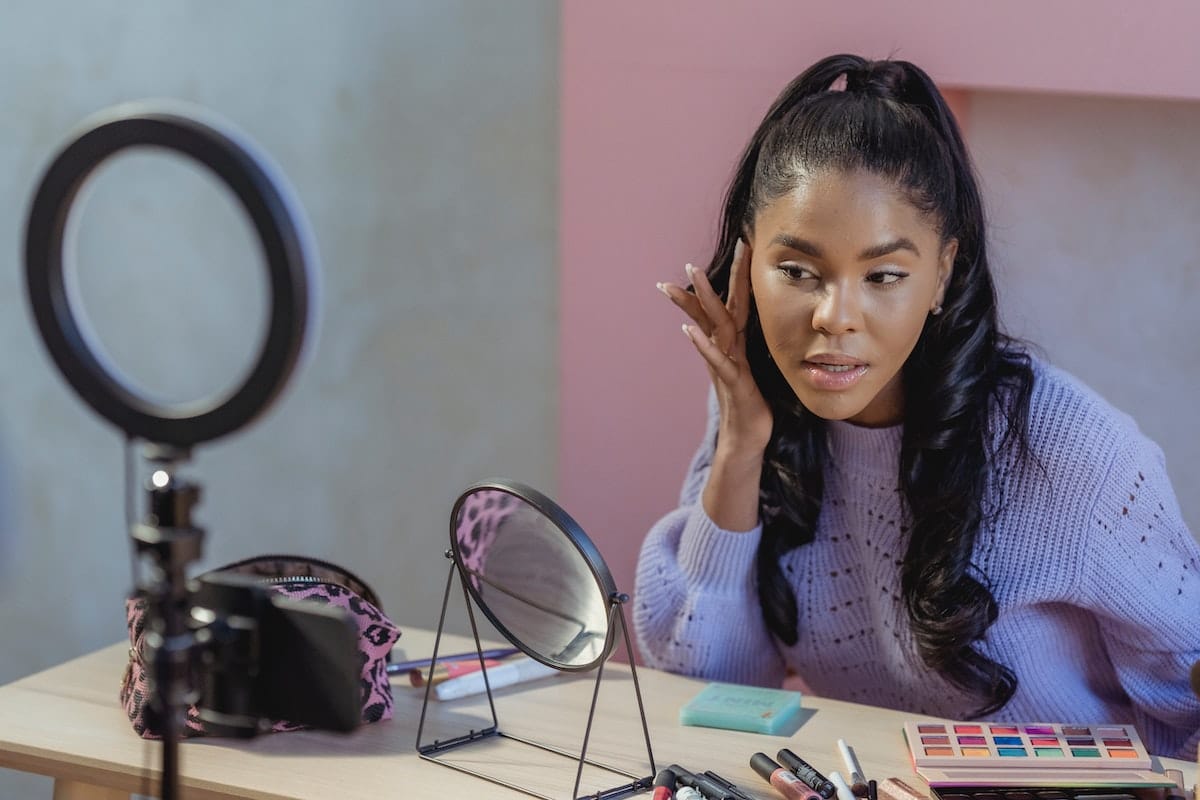
What do brands get out of whitelisting social media?
Rather than having to wait for the influencer to publish content or convey campaign metrics, the brands that are whitelisting social media have more visibility to the metrics, including:
- Access to the influencer’s profile, content, audience, and analytics
- Creating ads for the influencer account
- Drive traffic through calls to action (CTAs)
- Boost or extend the life of the influencer’s posts
- Target specific and lookalike audiences
- Increase conversions on the partnered content
- Adjust campaign specs based on performance
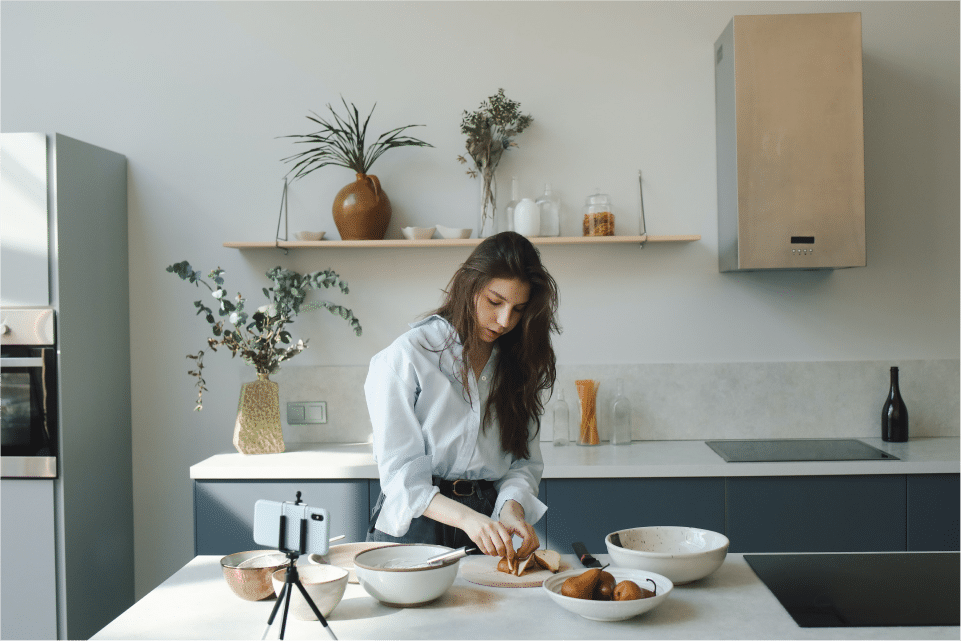
The specific rights that a brand receives from whitelisted content depend on the platform.
Campaigns featuring whitelisted brands on Creator channels consistently yield higher engagement for both the brand and the Creator. Brands target potential customers likely to interact with their products and services, while Creators reach new audiences who enjoy the content they post about and likely become followers.
The results are that brands can maximize their return on investment (ROI), drive engagement, and increase conversions indefinitely by utilizing content they didn’t have to produce and followers they didn’t have to cultivate themselves.
What kind of campaign results does whitelisting on social media produce?
For whitelisting campaigns, results will vary based on the size and nature of your audience, the timing of the ad post, and the content itself.
In general, though, brands expect a well-run whitelisting campaign to produce an increase in their add-to-cart (ATC), return on ad spend (ROAS), and click-through rate (CTR), and a decrease in their cost-per-acquisition (CPA).
In return, you can expect to achieve higher engagement rates, a larger audience, and increased revenue generated by the brand partnership.
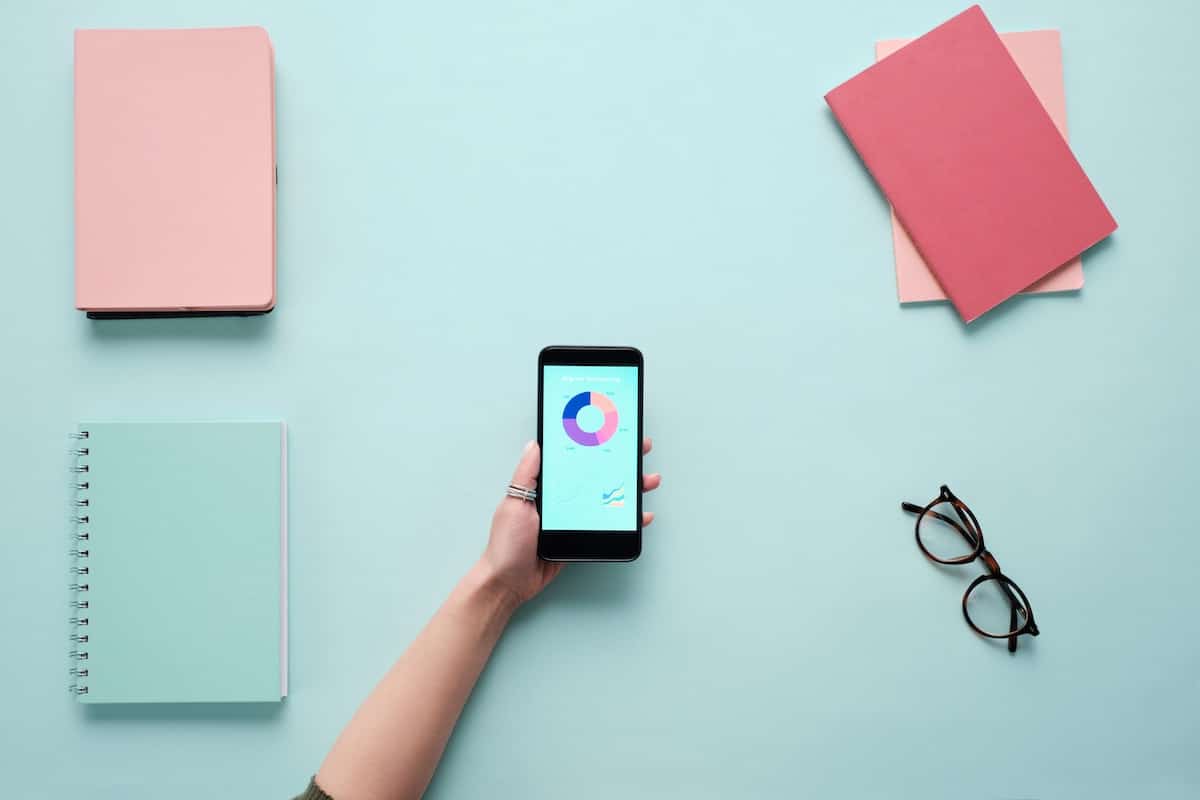
How do influencers determine whitelisting rates?
Whitelisting rates can easily range from 50 to 100% more than what you would get for a basic sponsored post (per 30-day period).
Costs for social media whitelisting rates vary. Over half (51%) of influencers charge a fee to boost, whitelist, or amplify content. Variables include:
- Follower count: More followers typically means a higher fee because a higher follower count could mean an influencer creates more quality content that delivers value and has a notable reputation, which can increase results for the campaign.
- Campaign length: The longer the agreement asks you to whitelist content, the more you can charge. Some brands may ask for a shorter initial agreement to keep costs down until they know results, and then attempt to extend the agreement later at the same rate. You may want to specify that any agreement extension will trigger rates that are at least equal, if not higher, than your whitelisting rates for longer agreements from the get-go. Consider offering a discount to brands that can commit to a longer agreement period.
Creators with a smaller following tend to offer more affordable rates, taking into consideration their more limited reach. They understand the importance of providing value within their audience size and may suggest shorter campaign periods to align with their capabilities. On the other hand, Creators with larger follower counts often charge higher fees for whitelisting due to their extensive reach and potential impact on brand exposure.


